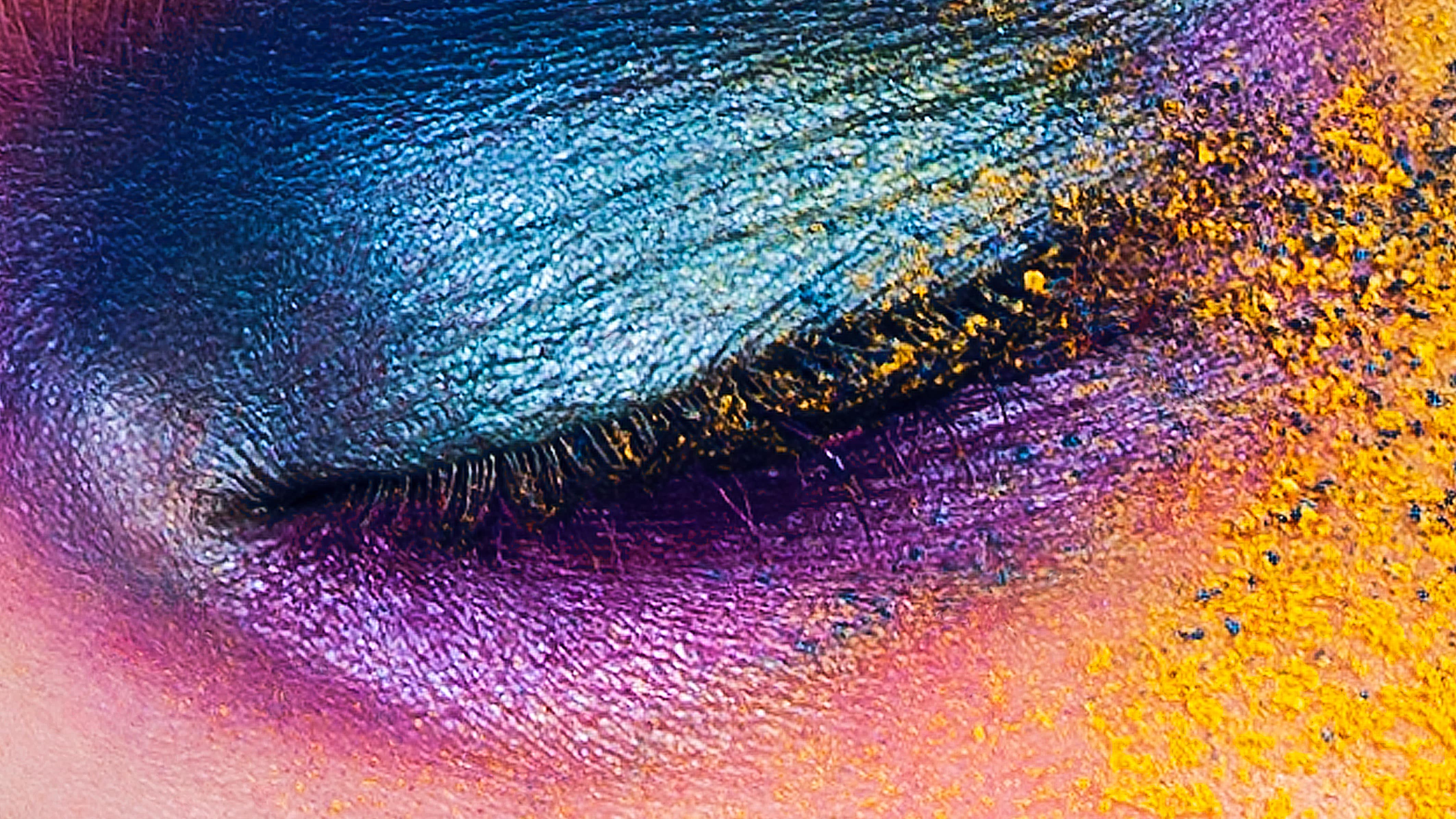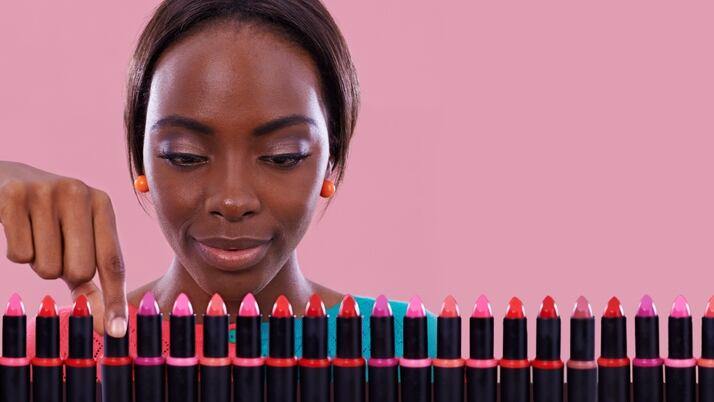A research team out of Poland and France, Brudzyńska et al., recently published a study in Cosmetics investigating the potential of plant-derived colorants that also have functional levels of antioxidant activity.
Brudzyńska et al. said various studies have shown components of plants can contain cosmetically valuable compounds, including vitamins, flavonoids and other polyphenolic compounds.
“The addition of natural colorants of plant origin may beneficially influence the quality and effectiveness of cosmetic products, thus following the current dominant trend in the cosmetic industry which draws inspiration from the richness of nature and aims to create cosmetic formulations with an application of plant-derived ingredients with minimal impact on the environment,” Brudzyńska et al. said.
The results
The research team tested two plant-derived food-grade colorants in red and purple. Brudzyńska et al. said the purple colorant showed significantly higher antioxidant activities than the red colorant.
Previous research has demonstrated that the color of a fruit or vegetable and antioxidant activity are related.
While research has indicated red, blue and magenta fruits and vegetables have the highest antioxidant activity, Brudzyńska et al. said research should focus on plant-based dyes of listed colors. This would ensure the highest antioxidant activity for cosmetic formulation.
“The development of cosmetic products should also focus on such a selection of components to ensure skin protection and to prevent damage caused by free radicals,” Brudzyńska et al. said.
What’s next
While their research is promising, Brudzyńska et al. said there are still various areas that still need significant research. Those areas include:
- The relationship between fruit and vegetable color and antioxidant activity
- Assay methods to evaluate antioxidant activity
- Chemical methods to assess the antioxidant capacity of vegetables and fruits
- Cosmetic formulation with active plant-derived colorants
“Conducting extensive studies is necessary, as those colorants are more complicated in application, because they tend to be more variable in the shade, less stable under different conditions, and may introduce undesirable odors to formulations in comparison to synthetic ones,” Brudzyńska et al. said.
Source: Cosmetics
Published online ahead of print: Cosmetics 2022, 9(4), 81; https://doi.org/10.3390/cosmetics9040081
Title: "Antioxidant Activity of Plant-Derived Colorants for Potential Cosmetic Application"
Author: P. Brudzyńska et al.




